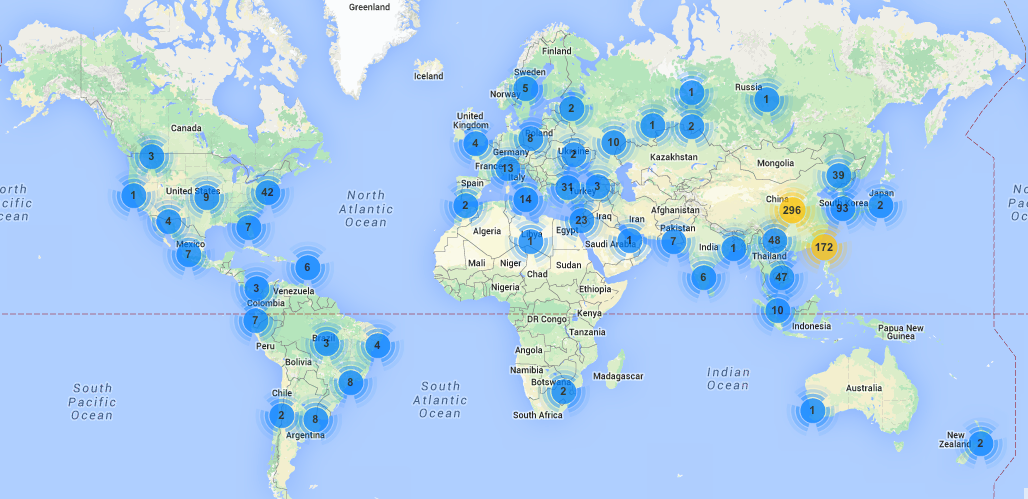Sometimes things fail in interesting ways. Sometimes they fail in dangerous ways. Occasionally, things fail in ways that you simply can’t predict and that are astounding.
In a recent assessment of a consumer device in our lab, we found the usual host of vulnerabilities that we have come to expect in Internet of Things (IoT) devices. But, while testing this particular device, which is also tied to a cloud offering for backup and centralization of data – I never would have predicted that a local device would have a full bi-directional trust with a virtual instance in the cloud.
Popping the local device was easy. It had an easy to compromise “hidden” TCP port for telnet. It took my brute force tool only moments to find a default login and password credential set. That’s pretty usual with IoT devices.
But, once I started poking around inside the device, it quickly became apparent that the device configuration was such that it tried to stay continually connected to a VM instance in the “cloud storage and synchronization” environment associated with the device and vendor. How strong was the trust? The local device had mount points on the remote machine and both systems had full trust to each other via a telnet connection. From the local machine, simply telnet to the remote machine on the right port, and without credential check, you have a shell inside the cloud. Not good…
But, as clear of a failure as the scenario above was, the rabbit hole went deeper. From the cloud VM, you could see thousands of other VMs in the hosted cloud environment. Connect from the VM to another, and you need the default credentials again, but, no sweat, they work and work and work…
So, from brute force compromise of a local piece of consumer hardware to a compromise of thousands of cloud instance VMs in less than 30 minutes. Ugh…
Oh yeah, remember that storage centralization thing? Yep, default credentials will easily let you look through the centralized files on all those cloud VMs. Double ugh…
Remember, I said bi-directional? Yes, indeed, a connection from a VM to an end-point IoT device also works with assumed trust, and you get a shell on a device with local network visibility. Now is the time you kinda get sick to your stomach…
These kinds of scenarios are becoming more common as new IoT devices get introduced into our lives. Yes, the manufacturer has been advised, but, closing the holes will take a complete redesign of the product. The moral of this story is to pay careful attention to IoT devices. Ask questions. Audit. Assess. Test. There are a lot of bad security decisions being made out there in the IoT marketplace, especially around consumer products. Buyer beware!

